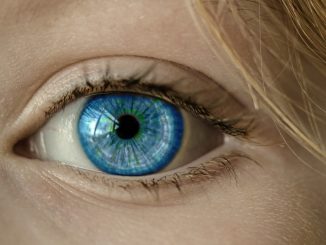
Why would the the Yanny-Laurel phenomenon tell us anything about the Mandela Effect? They have nothing in common! Or do they?
Let’s start with a quick recap:
Of course, Yanny-Laurel relates to the famous Dress Controversy
Is it white and gold or blue and black?vPhil can tune Yanny-Laurel to hear either or both words, but he can’t see blue and black no matter whahe does with the dress.
From the Wikipedia article on the Dress:
A study carried out by Schlaffke et al. reported that individuals who saw the dress as white and gold showed increased activity in the frontal and parietal regions of the brain. These areas are thought to be critical in higher cognition activities.
So two people can’t agree on the color of an image or what a word is even when looking at / listening to the exact same thing. But there’s more:
You can KNOW that the upper grey and the lower grey are the exact same color, but can you make yourself see it that way? Without covering part of the picture up?
Back to the Mandela Effect — if we can’t agree with each other on simple questions in the present tense (if we can’t even agree with OURSELVES on the answers to simple questions) should we really be so certain that we are correctly remembering movie lines or peanut butter brand names or the death of a world leader?
But in a sense, these example prove the Mandela Effect is real. There really are different universes. Lots of them. And we are each living in one of our own.
WT 441-754
Eternity Kevin MacLeod (incompetech.com) | Licensed under Creative Commons: By Attribution 3.0 License | http://creativecommons.org/licenses/by/3.0
Image from Pixabay.com


